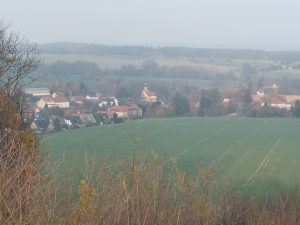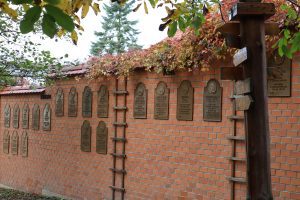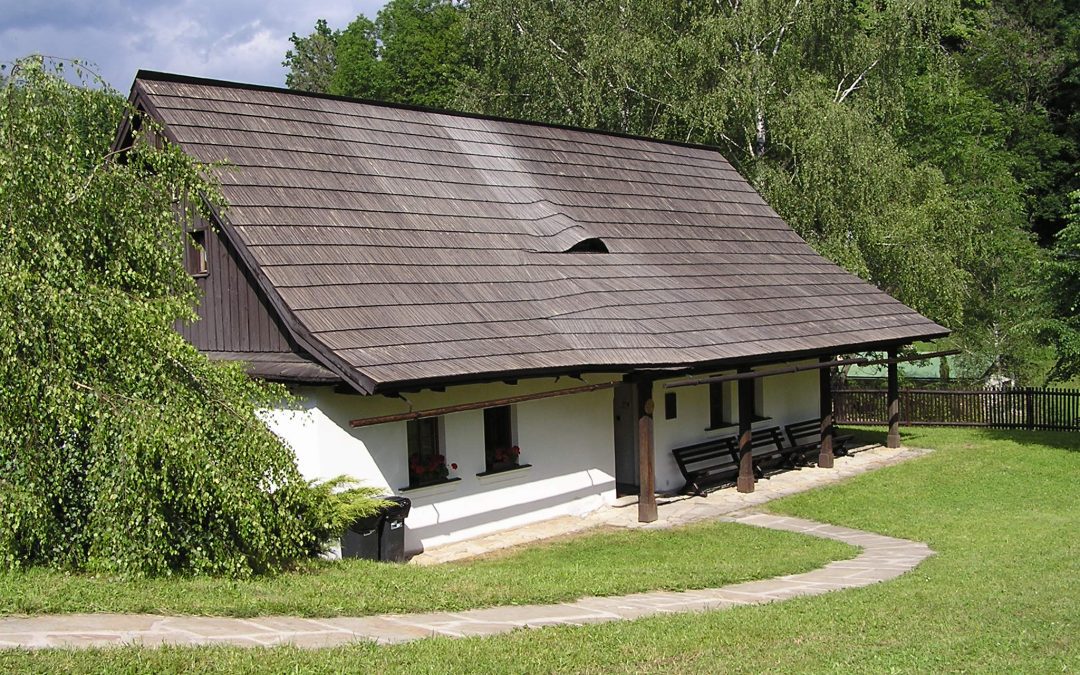The house must have been packed. In her diary Anna recalls how her parents would hold meetings in their home to discuss their faith, read the Bible and pray, with up to 200 people attending such meetings. It is not surprising that the authorities were keen to stop these meetings as they challenged the principles of the Catholic Church.
Fines, prison and threats of death led to the decision to leave Moravia. First the father, David Nitschmann, left. He then returned for his family. So, at the age of ten Anna became a refugee. It was February 1725 and in her diary Anna described it as intensely cold and ‘the snow lay deep.’
Being a refugee
Fitzpatrick (1996)[1] defines refugees as people who have fled their homes because of persecution and crossed international borders and are unable to return because of fear of retribution. They all come from a place of fear and violence. They have left their homes and all that is familiar. This current definition describes exactly the hundreds people who left Moravia, starting in 1722. Fear of persecution will have stalked them as they travelled, often in the dark, hundreds of miles through forests and across fields.
On their journey an important question will have been ‘who can I trust?’ Water, shelter and food were needed and yet each stranger may pose a threat or offer help. The first people to leave were fit young men. Many of them returned for their families, including young children and the elderly. I imagine the journey was often very slow, difficult and that many tears were shed. Many will have become exhausted and ill during the difficult walk.
Anna’s father, like so many of these refugees, at first lived in a new community called Herrnhut on land provided by Count Zinzendorf. The Count lived down the track, just over a mile away, in Berthelsdorf. It was here that her father got a job and that the family settled for their first two years away from Moravia.
There is a telling extract in Anna’s diary about the time in Berthelsdorf. She describes how ‘I lost all my good impression and became a complete worldling. My parents were deeply concerned for me ..’ and so in 1727 they moved up to Herrnhut. This extract illustrates that, like so many, Anna probably found the upheaval emotionally disturbing, especially as it came just as she was becoming a teenager. Mixed emotions and hormones flying about!
Herrnhut – a new settlement

From Herrnhut to Berthelsdorf
It was only in 1721 that Count Zinzendorf bought the Berthelsdorf estate from his grandmother. The village of Berthelsdorf was small, with about 500 inhabitants. Today the manor house that he had built still stands proudly in Berthelsdorf, beautifully renovated recently. It is just around the corner from the Lutheran Church and very close to the brewery – quite handy!
Zinzendorf allowed the Moravians and other religious refugees to settle on his land. Hence, the start of Herrnhut, near the village of Berthelsdorf.
As I mentioned in the last post, Moravians are very keen on education. In the new settlement of Herrnhut the building of a school started in 1724.
Moravians remember
The renewed Moravian Church quickly became firmly established in Herrnhut and folk were soon moving on to spread the word. Today the church is worldwide and has had a strong influence on education across the globe. Future posts will look in more detail at life in Herrnhut and beyond.
To close off here, it is important to highlight that the emigration of so many from the Fulnek estate in Moravia is still remembered there today. In that area there is a museum in Suchdol, memorial gardens in both Suchdol and Malkovice and much more to show how those who left then made a mark in many parts of the world. Today they hold regular history conferences to share new research about how this small part of Czechia has had a big impact across the world.

Each plaque is to a person who left Moravia due to persecution
As always, I am happy to hear from you so please drop me your comments.
I offer my talk ‘Fulnek: the long journey’ to all who wish to know more about this amazing story and my personal travels. The talk starts in Prague and ends in Pudsey; during my travels along this route I have eaten lots of chocolate cake!
All money raised goes to charities supported by the Moravian Women’s Association (MWA).
Mary Holmes
[1] Joan Fitzpatrick was an academic who wrote widely on refugees.


Recent Comments